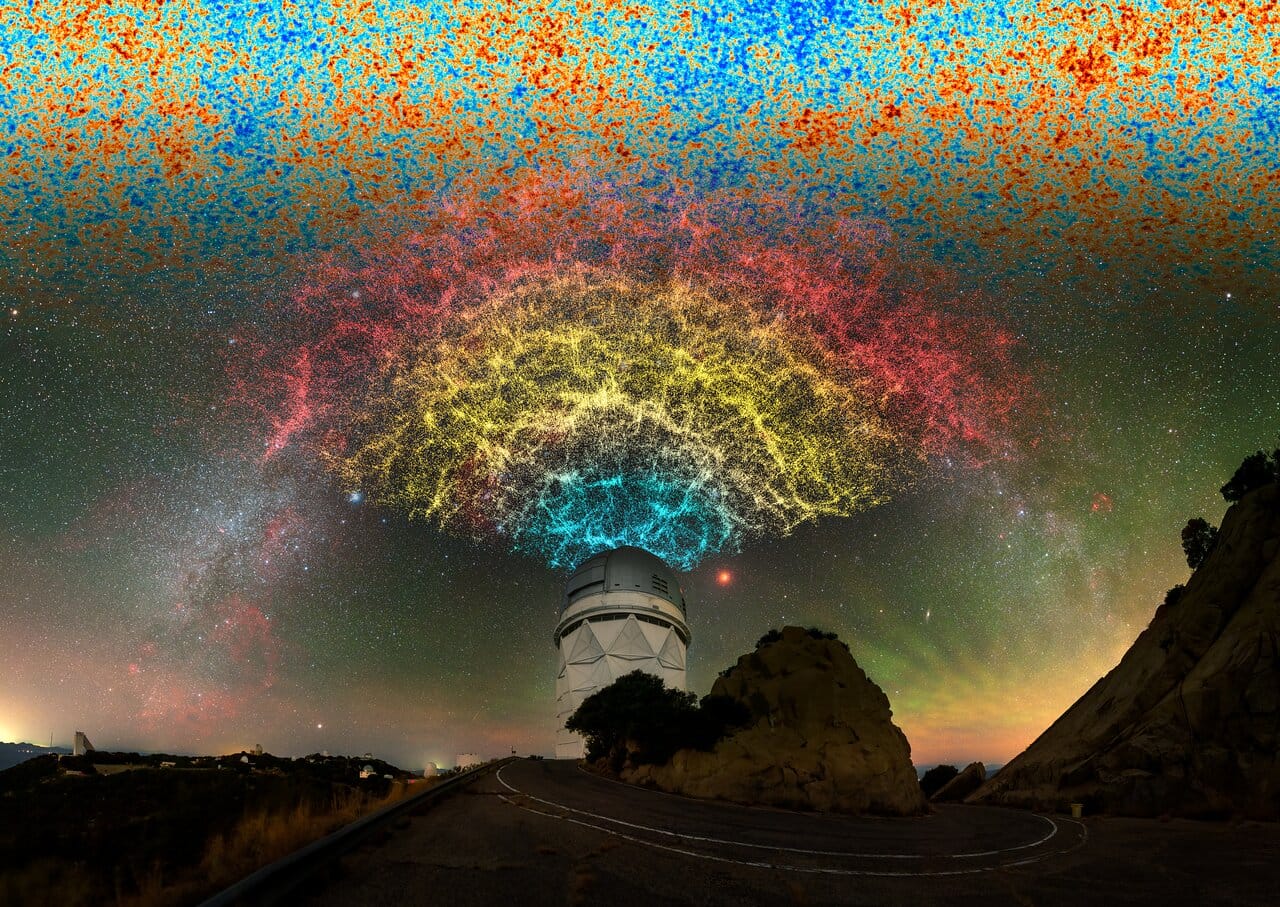🌘
Subscribe to 404 Media to get The Abstract, our newsletter about the most exciting and mind-boggling science news and studies of the week.
You may have noticed that the universe is pretty big—in fact, possibly infinite. These immense scales offer a challenge for scientists who seek to model the “cosmic web,” a network of large-scale structures that link the universe and intersect at nodes where galaxies accumulate into clusters.
This post is for paid members only
Become a paid member for unlimited ad-free access to articles, bonus podcast content, and more.
Subscribe
Sign up for free access to this post
Free members get access to posts like this one along with an email round-up of our week's stories.
Subscribe
Already have an account? Sign in

